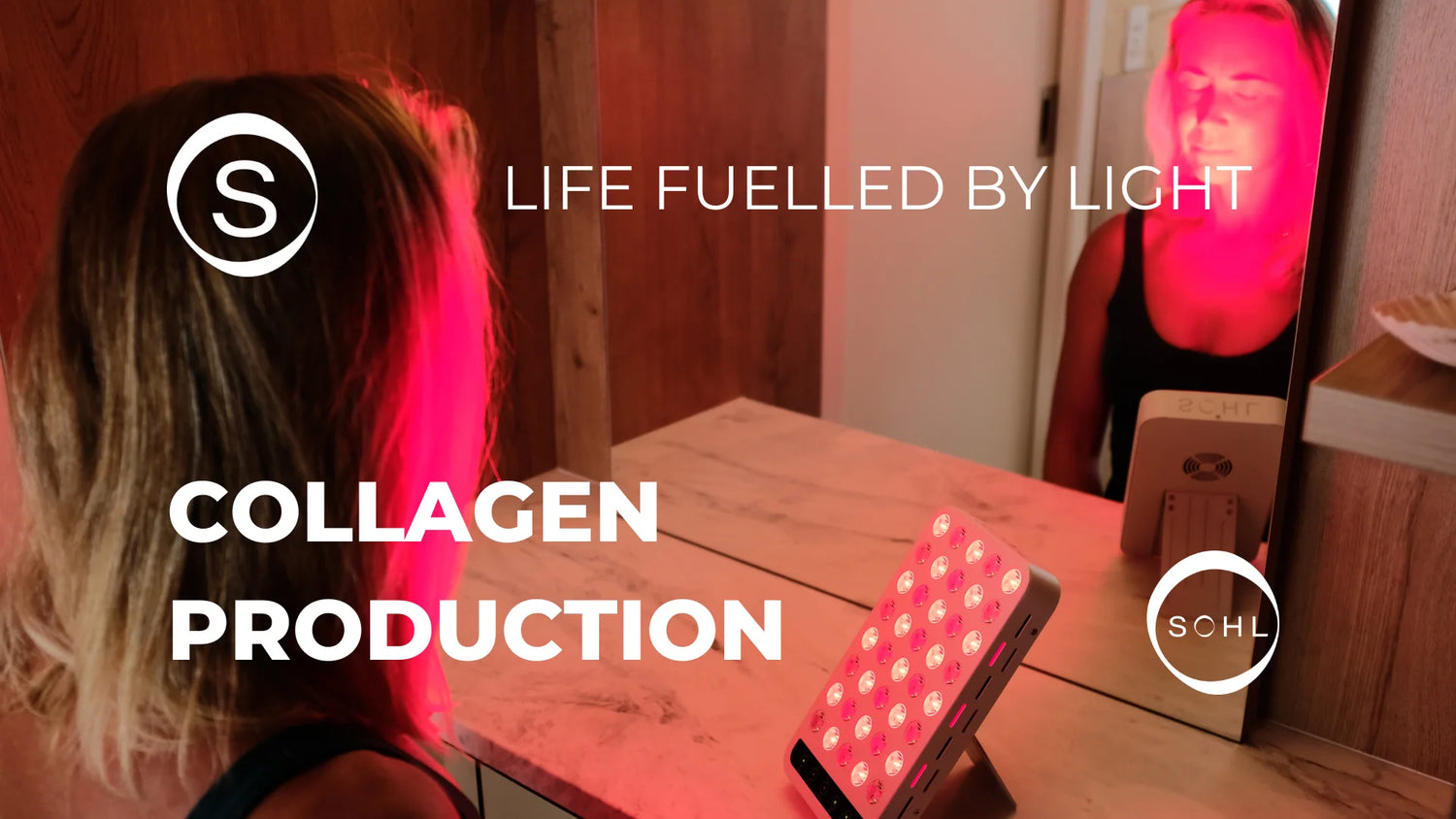Chronic pain is a debilitating condition that affects millions of people worldwide. Traditional treatments for chronic pain, such as medications and surgery, can have significant side effects and may not always be effective. Red light therapy has emerged as a potential treatment option for chronic pain, but how exactly does it work? Let's explore the science behind red light therapy and chronic pain.
The Science Behind Chronic Pain
Chronic pain is a complex condition that can be caused by various factors, including injury, inflammation, and nerve damage. It is often characterised by persistent pain that lasts for months or even years.
The Role of Inflammation in Chronic Pain
Inflammation is a key factor in the development and maintenance of chronic pain. Inflammation can cause tissue damage and can also stimulate the release of pain-causing molecules, which can increase pain sensitivity.
How Red Light Therapy Helps Reduce Chronic Pain
Red light therapy works by stimulating the production of ATP (adenosine triphosphate), a molecule that is essential for cellular energy production. This can help to improve cellular function and reduce oxidative stress, which can contribute to inflammation and pain.
Red light therapy has been shown to:
-
Reduce inflammation: Red light therapy can help to reduce inflammation, which can contribute to chronic pain.
-
Promote tissue repair: Red light therapy can help to promote tissue repair and regeneration, which can help to reduce pain and improve function.
-
Reduce pain sensitivity: Red light therapy can help to reduce pain sensitivity by stimulating the release of endorphins, which are natural painkillers.
Clinical Studies on Red Light Therapy and Chronic Pain
Several clinical studies have investigated the effects of red light therapy on chronic pain. For example:
-
A study published in The Journal of Pain found that red light therapy reduced pain and improved function in patients with knee osteoarthritis.
-
Another study published in the International Journal of Rheumatic Diseases found that red light therapy reduced pain and improved function in patients with fibromyalgia.
-
A third study published in the Journal of Oral Rehabilitation found that red light therapy reduced pain and inflammation in patients with temporomandibular joint disorder (TMJ).
Conclusion
Red light therapy is a safe, non-invasive treatment option for chronic pain. It works by stimulating the production of ATP, reducing inflammation, promoting tissue repair, and reducing pain sensitivity. Clinical studies have shown that red light therapy can be effective in reducing pain and improving function in patients with knee osteoarthritis, fibromyalgia, and TMJ. If you're interested in trying red light therapy for chronic pain, talk to your healthcare provider about whether it may be a beneficial addition to your pain management plan.





